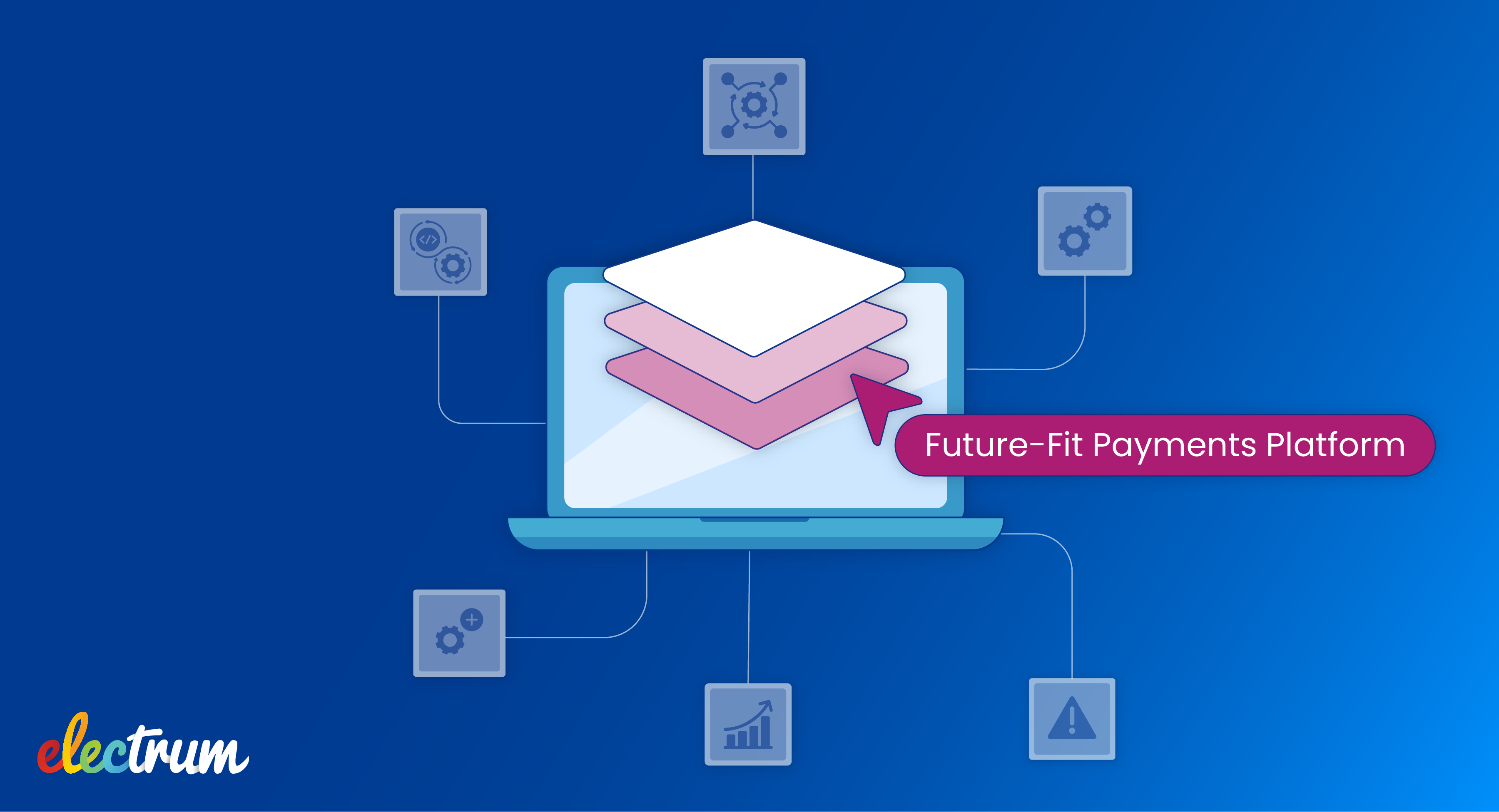.png)
In the current highly competitive payments landscape, retailers are looking at new ways to control costs, increase margins, and differentiate themselves. PayShap will provide several opportunities to retailers that are quick to act and leverage this modern payment rail.
To date, retailers have been structurally limited in their ability to own their payments capabilities and decrease their costs. Current shifts in the ecosystem, coupled with modernised technology, will allow retailers to redefine their relationships with banks and implement future-fit payments.
Strategically looking at three aspects of the current market - regulation changes, consumer expectations for interoperability, and settlement challenges - will help you take advantage of this opportunity.
1. Legislation and regulation changes mean that retailer relationships with banks are shifting
The creation of the Public Payments Utility (PPU) by the SARB has key objectives to: increase participation in PayShap; drive down the costs of payments; and introduce new technology (such as Digital Financial IDs and tokenisation).
Coupled with the implementation of activity-based regulation and sponsorship, the retailer dynamic with banks is becoming more diverse. It will be easier for retailers to move their services between banks - resulting in more specific, balanced relationships.
2. Consumer expectations are evolving as they expect more interoperability from retailers
Consumers are demanding interoperability between stores of value and wider options within digital payments. This means loyalty programmes are becoming increasingly important for retailers to cement market share.
DFID and tokenisation are coming into play, emphasising the critical role of technology in reducing customer lock-in to bank apps and allowing retailers to meet consumer expectations. Retailers can strengthen their position by seamlessly integrating loyalty or rewards check-ins with payment authorisation.
3. Reconciliation and settlement integration continue to present a challenge to all retailers
With the addition of payment types and relationships with more banks, finance operations are growing in complexity. Currently, settlement is too slow and fees are too high. Different processing models provide a solution to a degree but retailers remain systemically beholden to their sponsor bank.
To take advantage of new capabilities such as PayShap and bring to bare more diverse banking partnerships, retailers should intentionally solve for finance integration together with POS integration.
The PayShap opportunity
Strategically implementing PayShap person-to-merchant payments enables:
- Retailers to create relationships with more banks.
- The rebalancing of retailer-bank relationships, with improved commercials.
- The chance to leverage next-generation payments architecture to improve interoperability and back-office processing.
- The strengthening of the link between payments and reward programmes to build customer loyalty.
Electrum partners with retailers to enable you to rapidly respond to the new opportunities that changing regulations and technology create. Our next-generation technology enables retailers to integrate POS systems and finance directly to the PPU and to multiple banks so you can take advantage of PayShap. Contact us today to continue the discussion.

Helen Whelan
Helen Whelan is a Senior Content Writer at Electrum. With a BSc (Hons) from Rhodes University, she enjoys the combination of creativity and technical topics that content creation at Electrum involves. Cats and coffee fuel her day.
Electrum Newsletter
Quarterly insights and news to help you keep up with the latest changes in the payments landscape







